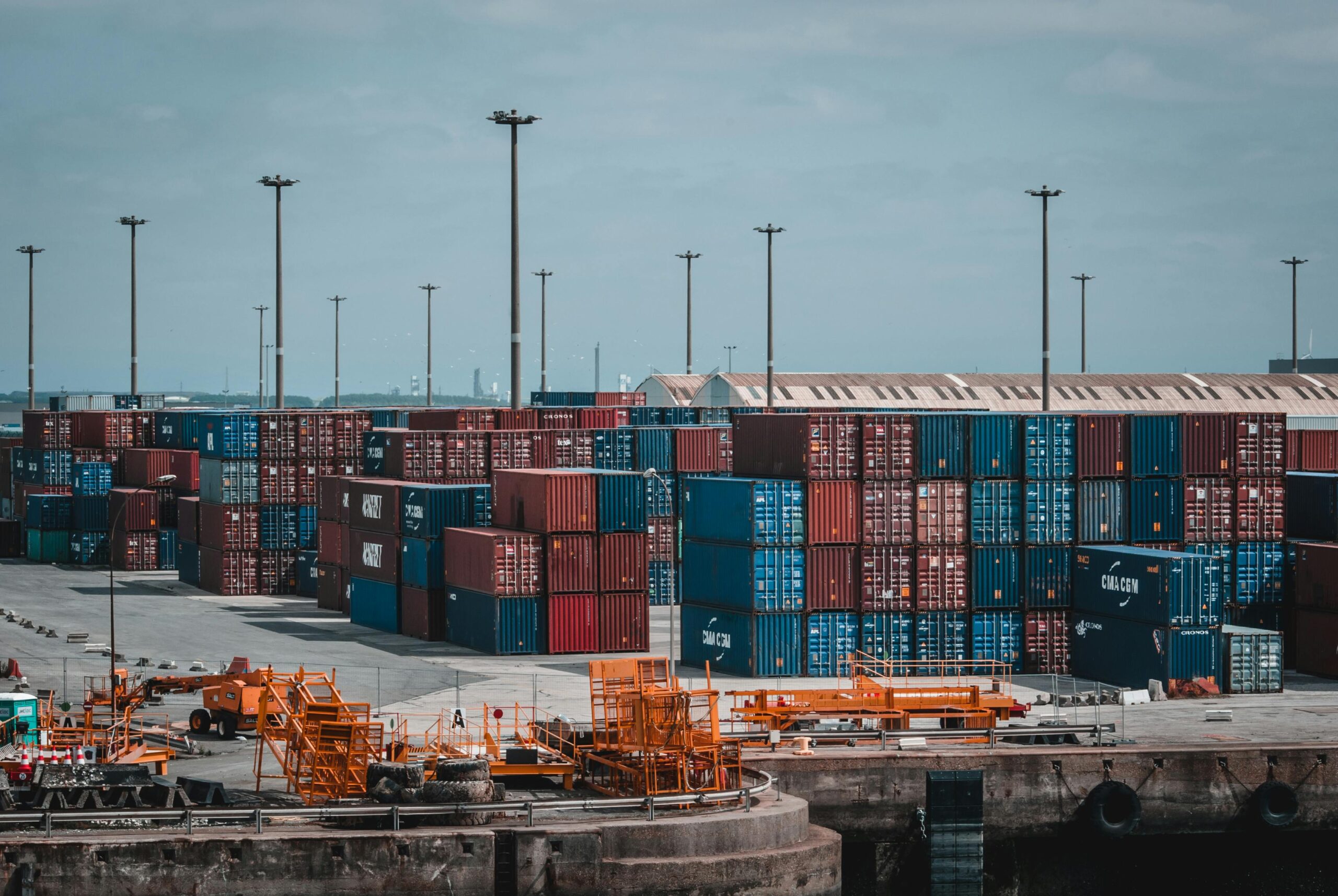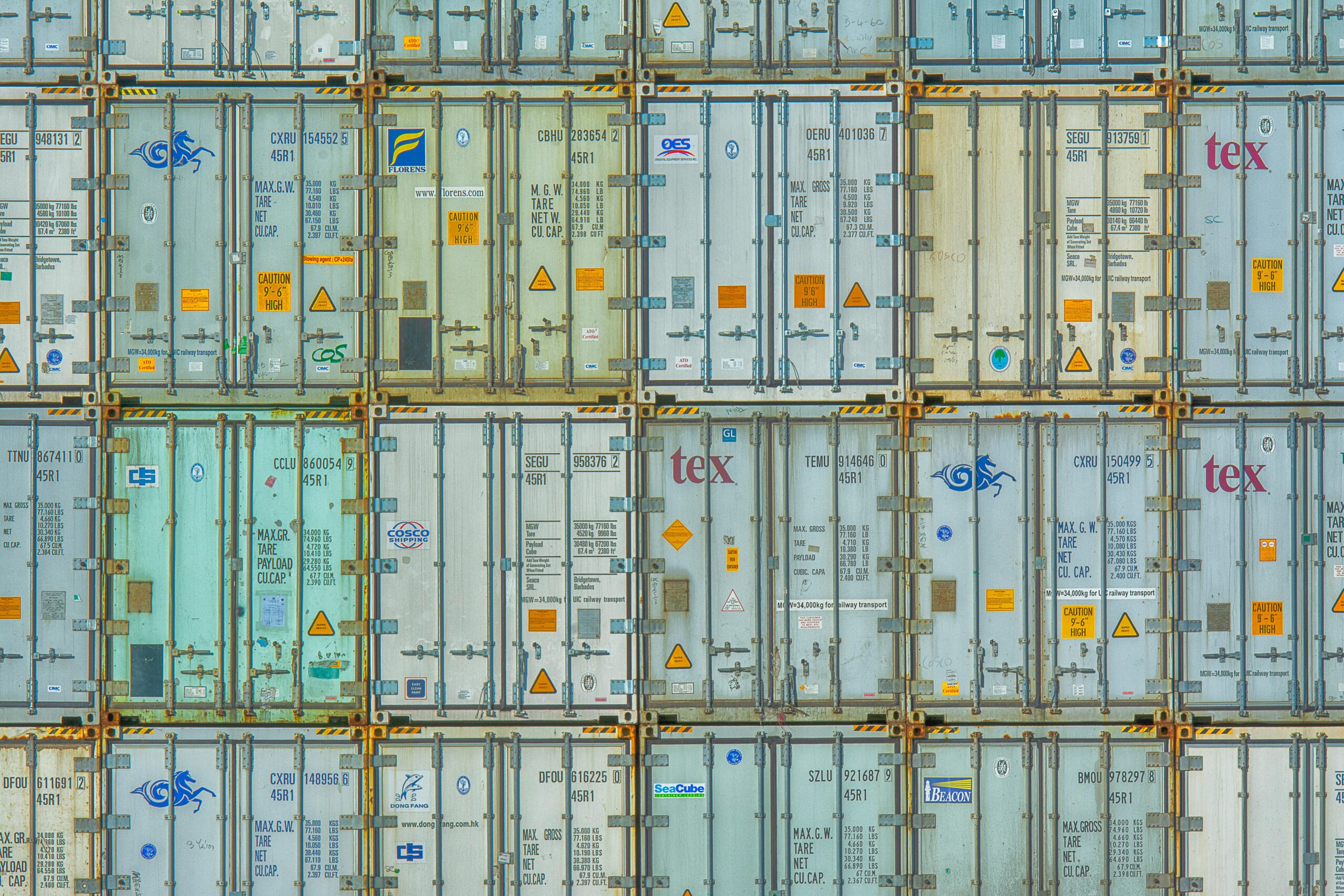When we think of importing and exporting, it's common to associate these operations with seaports and international airports. However, there's another fundamental structure for foreign trade: the dry port, also known as the Inland Customs Station (EADI).
What Is a Dry Port?
A dry port is a public customs area located in secondary zones, meaning outside the major port and airport centers. In these facilities, essential activities for foreign trade are carried out, such as:
• Customs clearance of imported or exported goods;
• Storage of cargo until its release for destination;
• Movement of goods, ensuring efficient and secure logistics.
The main objective of dry ports is to decentralize customs operations, reducing the overload on seaports and airports and optimizing import and export processes.
How Does a Dry Port Work?
Dry ports operate under the supervision of the Federal Revenue and have the infrastructure to meet legal and logistical requirements. They function as an extension of ports and airports, allowing cargo to be transferred to the interior of the country before going through customs procedures.
The process occurs as follows:
1) The goods arrive in Brazil through a seaport or international airport;
2) It is transferred to a dry port inland, where it undergoes customs control;
3) After release, the cargo proceeds to its destination.
This model facilitates logistics for companies located far from ports and improves the efficiency of foreign trade.
Advantages of the Dry Port
The use of dry ports brings several benefits to importers and exporters, such as:
• Reduction of logistics costs, as it avoids long storage in the main ports;
• Less congestion in seaports and airports;;
• Speed in customs clearance, as cargo can be released closer to the destination;
• Ease for inland companies, which do not need to transport goods to major centers for clearance;
• Security in the storage and handling of cargo.
Conclusion
Dry ports play an essential role in foreign trade logistics, facilitating the flow of goods, reducing costs, and streamlining bureaucratic processes. For companies that depend on import and export, understanding and using these centers can represent a great competitive advantage.
If your company needs efficient solutions for foreign trade, it is worth considering using a dry port to optimize your operations.
Avoid mistakes when importing!
Having a specialized import consultancy can save you from many future risks. See what Genco Import & Export can do for you:
- Sourcing your product to find the best value for your product.
- Simulating all costs before you embark on this journey.
- Negotiating values with suppliers, freight forwarders, and customs brokers.
- Unifying all documents. Less headache for you!
- Closing the exchange rate for your process.
- Conducting inspections and issuing complete reports for your follow-up.
And much more!
Count on Genco for the best advisory for your imports.
Contact us and learn more about our services!




